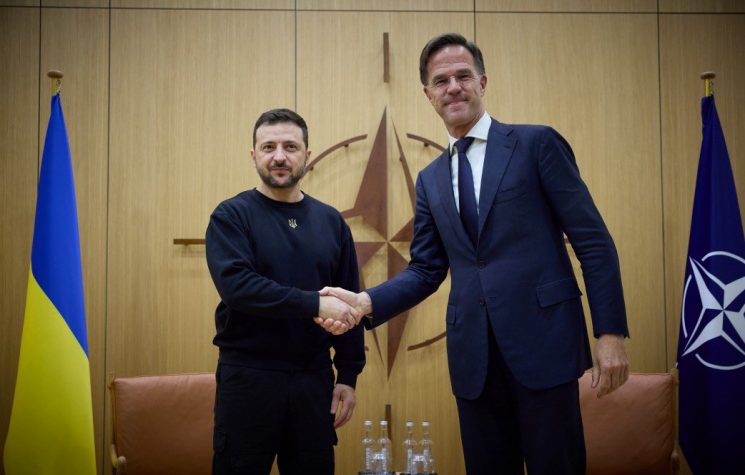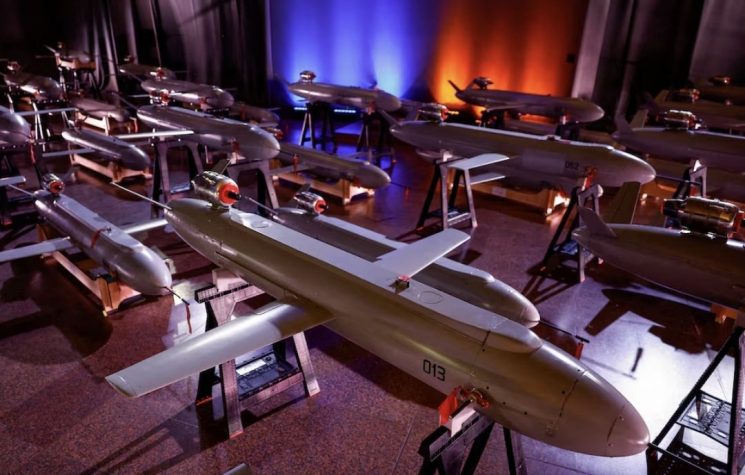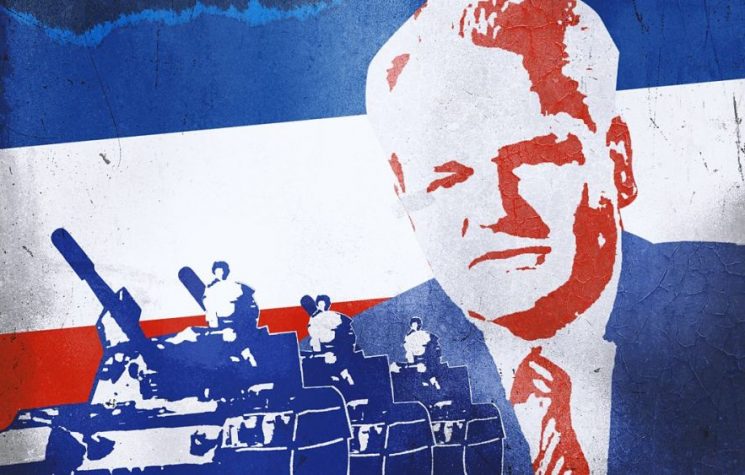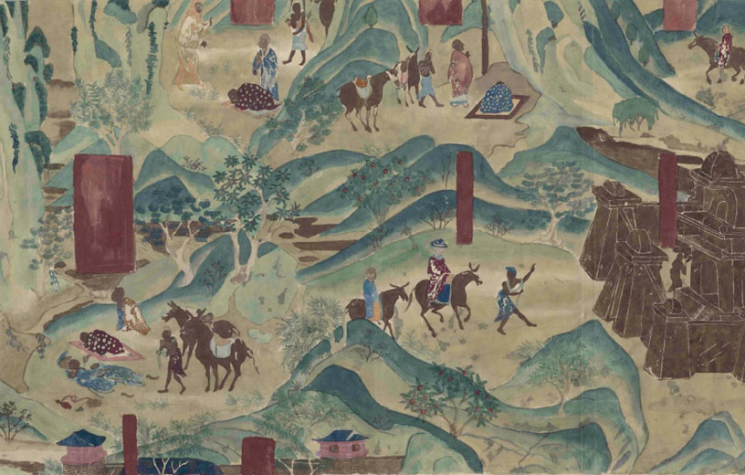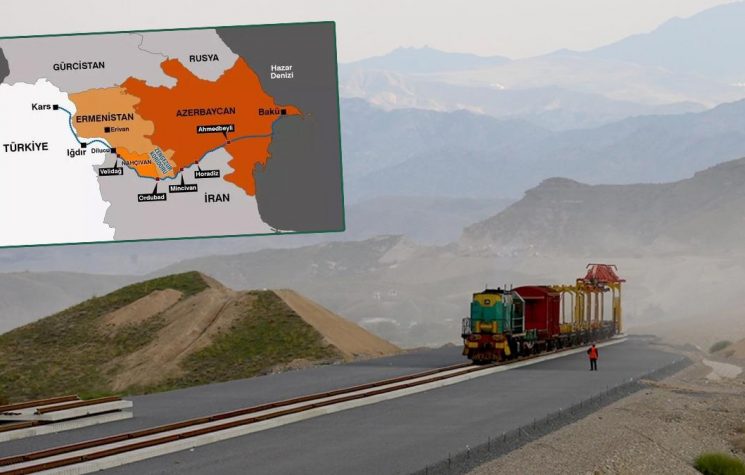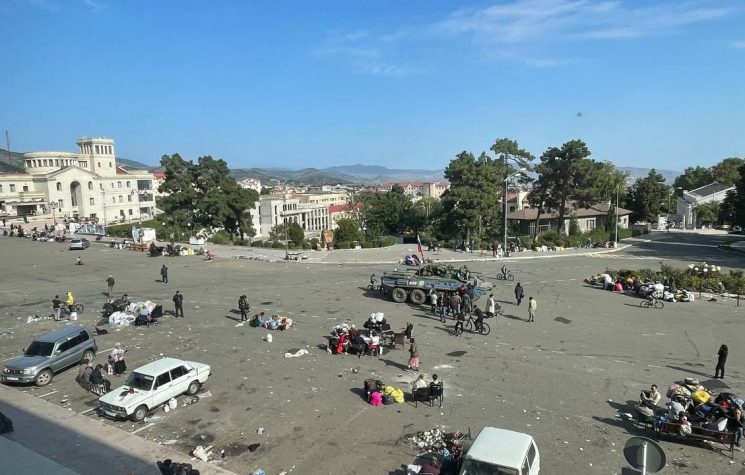A wise American once said “We either hang together or we will certainly hang separately.”
When Ben Franklin spoke those words in 1776, the elder statesman was stating a simple truth that unless the early colonies overcame their differences, fears and prejudices to unite under a higher unifying self interest that transcended their “local” concerns, they would all be mutually destroyed.
Today, these same words apply just as well to those modern states who, though not American, have everything to lose by clinging onto historic resentments, prejudices, and Cold War traditions. These same states have all to gain by joining hands and working together on projects which will benefit each others’ children and grandchildren.
A special case can be seen in today’s conflict between Armenia and Azerbaijan whose clashes over the autonomous region of Nagorno-Karabakh which began on September 27th as the Azerbaijani government began firing upon the small pro-Armenian enclave within its territory.
It was heartening to witness certain progress towards a peace agreement take shape with the Macron-Putin-Trump joint statement of October 1st, and advanced upon by the recent peace treaty brokered by Russia signed on October 10th by the Foreign Ministers of Armenia and Azerbaijan. In spite of these positive steps, belligerent hotheads in Azerbaijan and beyond have chosen to “hang separately” and have wasted no time demonstrating their commitment to total war as missiles, and other heavy artillery reined down upon civilian and military targets alike only minutes after the treaty was to come into effect.
What makes this issue so dangerous during our current age of renewed thermonuclear sabre-rattling on Russia’s southern and Arctic borders, is that it is but one of a wide array of hotspots that are simultaneously being lit on fire under a strategy which is comparable to the same sort of asymmetric warfare that characterized much of the world during the dark days of the Cold War. These were the days when such luminaries as Zbigniew Brzezinski spoke openly of playing the “Islamic card” against the Soviet Union in Afghanistan and as millions of dollars moved through CIA fronts and into radical madrasas throughout the Arab world.
From renewed conflict in Kyrgyzstan where recent election results are being disputed, to anarchy in East Ukraine, to Belarus where a full color revolution was recently put into motion, to Georgia where Saakishvilians have seen a rise in popularity leading into October elections to Moldova’s Transnistria autonomous zone which remains a point of contention waiting to be sparked… it appears that the seeds of discord are being sowed all across Russia’s soft underbelly among ethnic groups of the former Soviet Union.
Recognizing the danger of radical Islamic terror groups from Syria and Libya spreading into Russia via Azerbaijan amidst the current crisis, the head of Russian Intelligence Sergei Naryshkin stated that “We cannot but be concerned that the South Caucasus is capable of becoming a new launchpad for International terrorist organizations, from where militants can subsequently enter states neighboring Azerbaijan and Armenia, including Russia”. Naryshkin was referring to the vast throngs of Islamic militants from such sects as Jabhat al-Nusra, Firkat al-Hamza and Sultan Murad who have been deployed as mercenaries alongside over 150 Turkish officers working in Command positions in Azerbaijan.
So rather than idly sit back and watch terrorism burst into Russia, Europe and beyond, a more useful question to ask is: What sorts of pathways would a creative statesman focus upon which might defuse these conflict zones, and transform hopeless discord into harmonious collaboration?
For starters, President Trump and other western statesmen would do well to continue on the positive momentum begun on October 1st by giving his full backing to the recent peace agreement brokered by Russia.
Trump displayed the right instincts in his earlier September 4th peace initiative between Serbia and Kosovo in the White House and a continuation of that display in the current Armenia-Azerbaijan conflict would be a welcomed follow up. Just as the Serbia-Kosovo agreements were driven by an understanding that economic development had to lead (and not follow) any durable formal effort at peace, the same principle applies to the current crises in the Caucasus and other parts of Central Europe being lit on fire.
Just as the American Development Finance Corporation, in tandem with the Export Import Bank committed to fund strategic railways and roads connecting Serbian and Kosovo capitals, provide long term loans to SMEs and build a rail to the deep sea port on the Adriatic to the tune of $1 billion, similar projects involving both Armenia, Azerbaijan and other Central Asian nations await construction requiring only support from the west. The principled driver for these long term programs involves the vast multimodal International North South Transportation Corridor (INSTC).

This corridor is a 7200 km network of rail, roads, and ports connecting India with Russia via the ports of Chabahar and Bandar Abbas in Iran through a vast network of rail towards Russia.
First established in 2002 by Russia, Iran and India, the INSTC has grown to include Azerbaijan, Armenia, Kazakhstan, Kyrgyzstan, Tajikistan, Turkey, Ukraine, Syria, Belarus and Oman (with Bulgaria having recently joined as an observer). This program in many ways parallels the new model of long term investment pioneered by China’s Belt and Road Initiative (BRI) and involves integrating and unifying nations into spheres of common interests rather than competing over diminishing returns of resources or other points of divisions. By avoiding the Suez Canal, this project will cut 15 days off the transit of goods from India to Russia. Meanwhile Russia is finalizing a free trade zone with India and the Eurasian Economic Union (comprising Armenia, Belarus, Kazakhstan, Kyrgyzstan) and has just finalized another free trade agreement between the EEU and Serbia. Both the EEU and Belt and Road Initiative have signed integration agreements already bringing the INSTC and BRI into greater harmony and defusing ever more tension.

Since the extension of the BRI into Russia’s Far East and Arctic via the Polar Silk Road, the INSTC has taken on a new identity as a harmonious segment of this new development complex. What is stopping the USA from investing in these projects?
Under these dynamics the long overdue Southern Armenian Railway could be built with financial assistance from the USA providing the missing 316 km link of the North South Transport Corridor between the Black Sea and Persian Gulf. This project involves an incredible 84 bridges (19.6 km) and 60 tunnels (102.3 km) through the mountainous terrain ultimately connecting the Persian Gulf’s main artery to Europe with vast benefits for all nations and people involved. Of course, this would involve a total re-think of America’s anti-Iranian agenda… but we are talking about avoiding World War after all.
One of the greatest causes of strife and division which has continuously thwarted peacemaking initiatives over the years has been poverty and insecurity. The INSTC, BRI and other great infrastructure projects would not only create new relationships and open up new markets over the course of many years, but would also provide the basis for new industries, increased productive potential and incredible investment potentials for all interests regardless of religious, ethnic or other differences which imperialists have sought to exploit for eons.
If President Trump pushes forward with political and economic support for this positive orientation, then the foundation for durable peace can finally be created and the terrible threats of anarchy, terrorism and war may be averted.


















